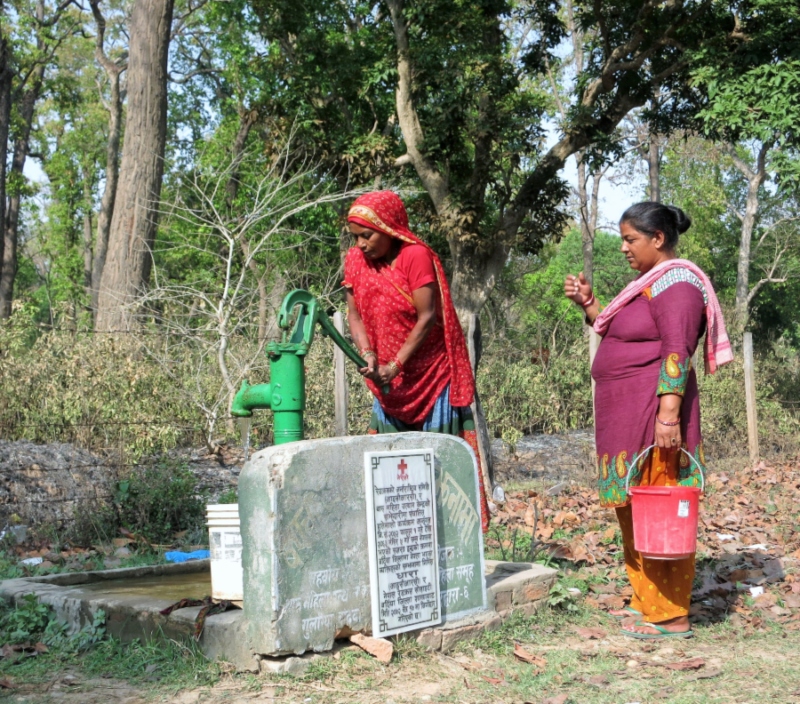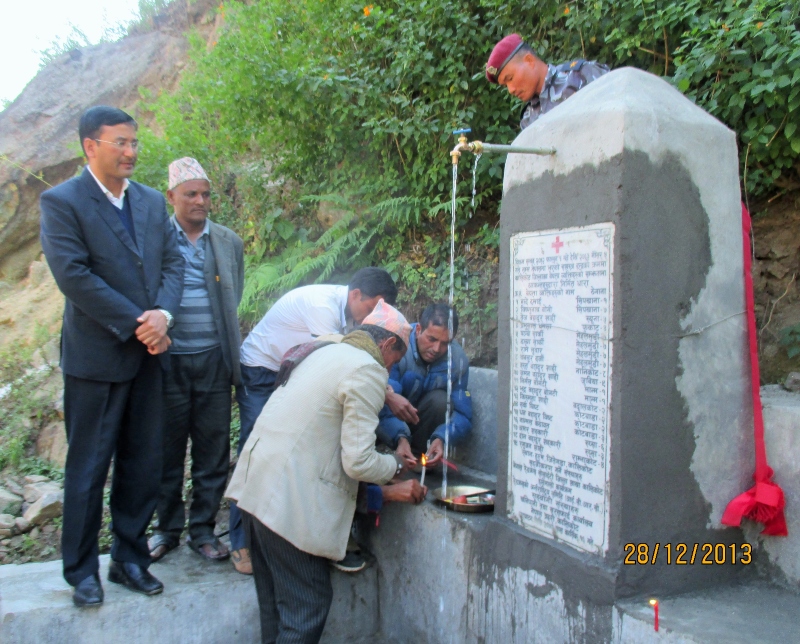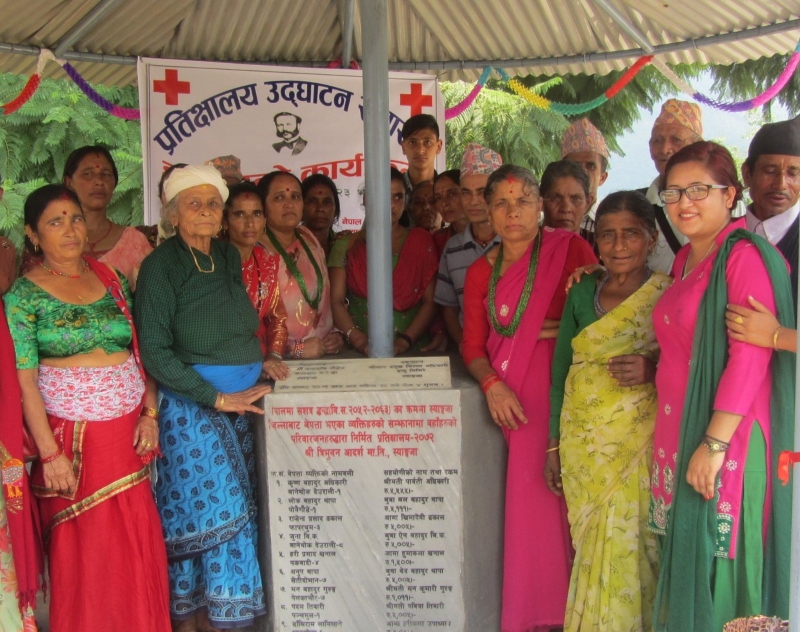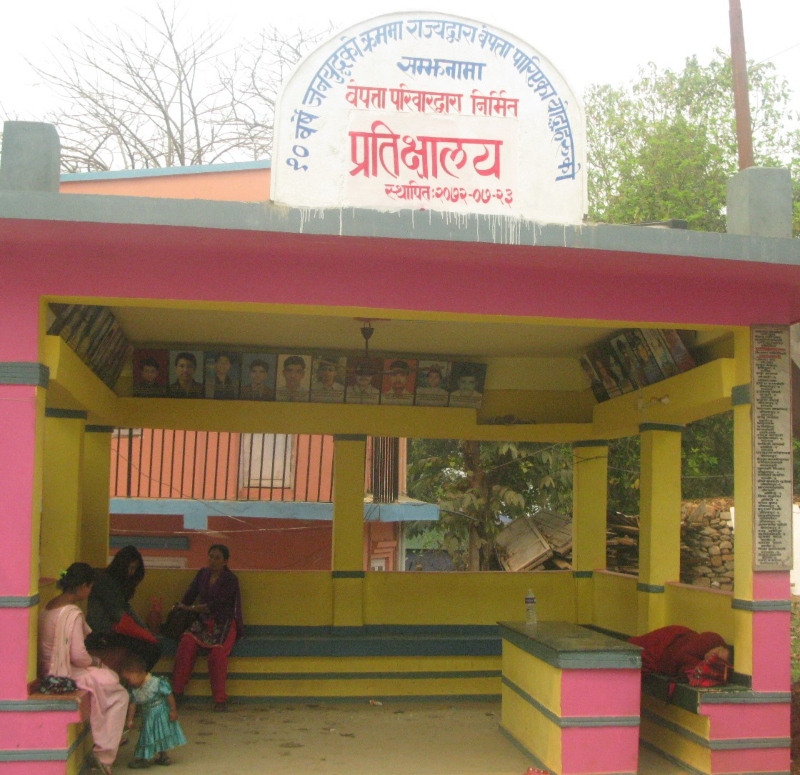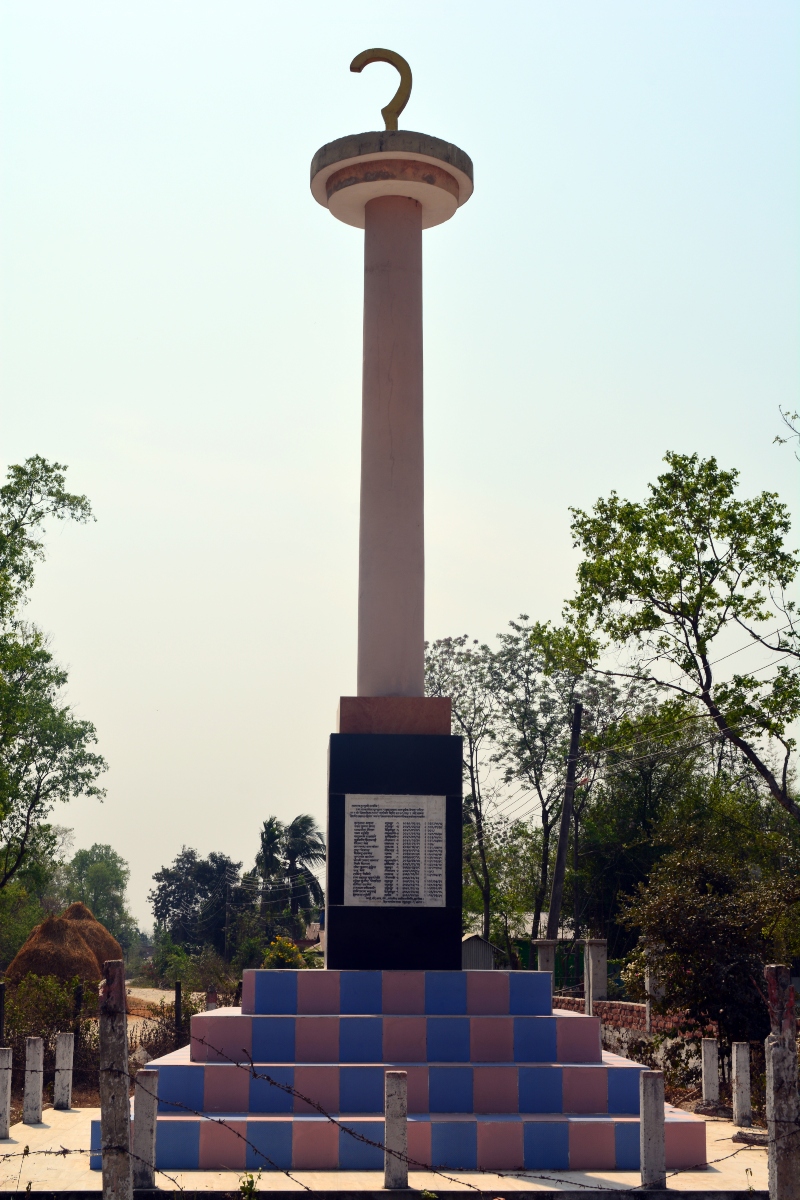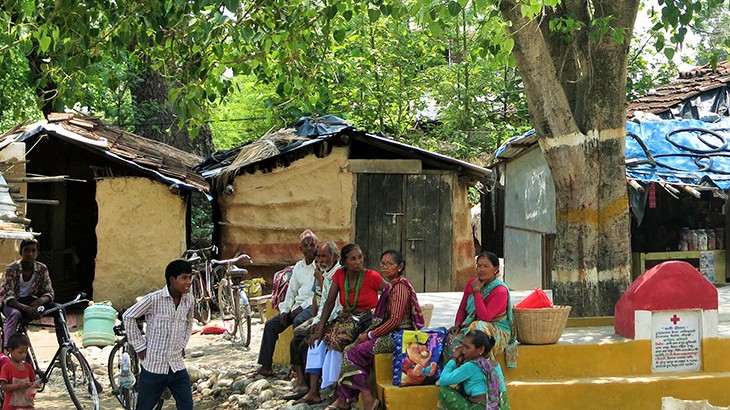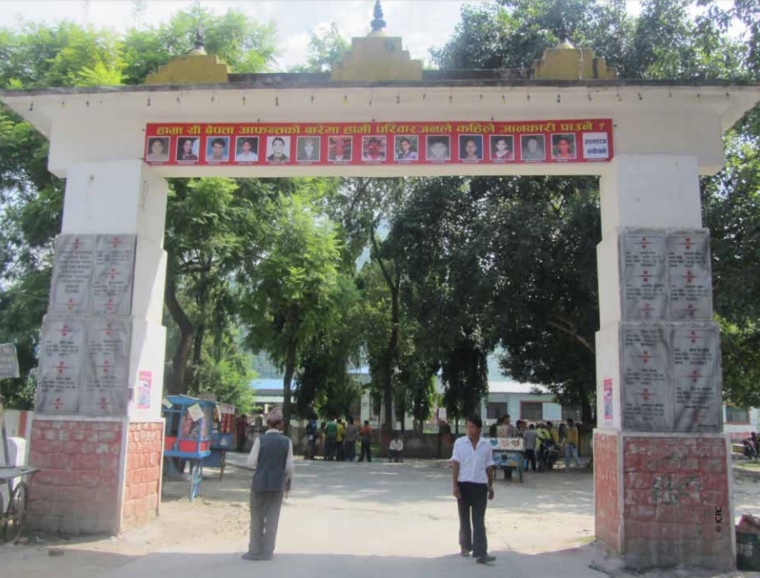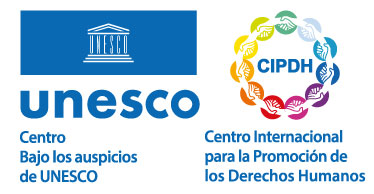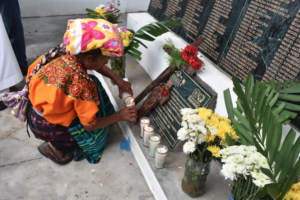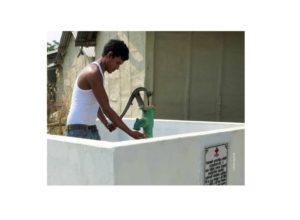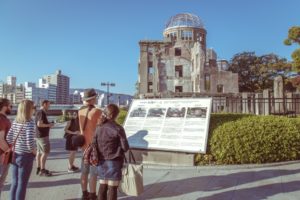Memorial for the victims of enforced disappearance at Khairichandanpur
Monument
Theme: Armed conflict

Address
3, Mangalpur
Country
Nepal
City
Khairichandanpur, Bardiya district.
Continent
Asia
Theme: Armed conflict
Purpose of Memory
To remember the victims of enforced disappearance during the Nepalese civil war who came from Khairichandanpur.
Known Designation
Memorial for the victims of enforced disappearance at Khairichandanpur
Date of creation / identification / declaration
2011
Public Access
Free
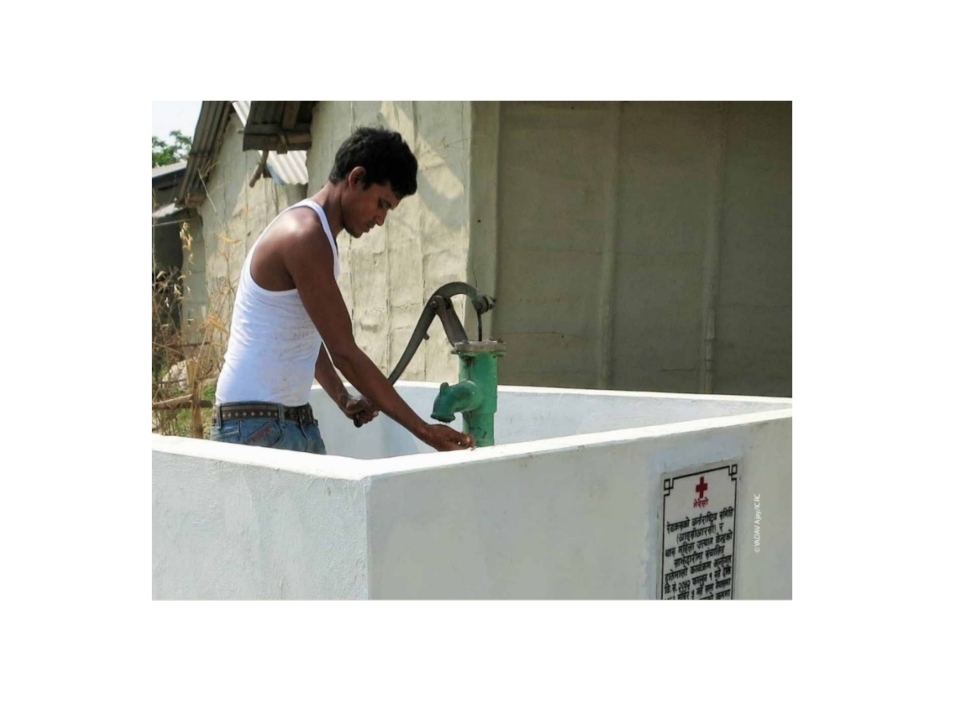
Location description
Manual water pump sheltered by a white wall set up in Khairichandanpur village (Nepal). The white wall contains a plaque in memory of the village dwellers who were victims of enforced disappearance during the Nepalese civil war (1996-2006).
In 1989, Nepal adopted a multi-party constitution and established a constitutional monarchy. In 1994, the Nepalese Communist Party won the elections and formed a coalition which was dismantled through a censorship motion (a resource which may be used by the opposition in Parliament to demand the government’s last and full responsibility) within its first year in office. From then on, weak coalitions ruled and there was a period of instability. In 1996, a fraction of the Maoist Communist Party initiated an armed insurgency against the monarchic regime and caste system. The collision between the Nepalese guerrilla and monarchic forces resulted in a violent armed conflict which lasted up to 2006. It is estimated that there were over 15,000 deaths and that more than 1,400 people disappeared within the context of the Nepalese conflict.
A Comprehensive Peace Accord between the new democratic government and the Maoist Party brought the conflict to an end on 21 November 2006. In 2008, the Federal Democratic Republic was proclaimed. The report issued by the Office of the High Commissioner for Human Rights (OHCHR) in 2012 documents and analyses around nine thousand serious violations to international law which were committed during the internal war in Nepal.
The Peace Agreement signed in 2006 provided for the creation of a Truth and Reconciliation Commission and a Commission of Investigation on Enforced Disappearances. Neither of the institutions achieved good results and both were criticized by international human rights organizations due to their poor performance.
Within a context where oral culture prevails, memorialization processes play a vital role in keeping communities active at rebuilding their history. In this sense, there are many initiatives in Nepal to remember the victims of enforced disappearance which are part of the local culture and rely on the existing practices, ranging from town entrance gates to religious ceremonies which are attended by the local community and political leaders.
Hateymalo (Joining hands in Nepalese) is a programme launched by the International Committee of the Red Cross (ICRC) in 2010 in collaboration with the Nepal Red Cross and several local NGOs. It provides psycho-social, economic, legal and socio-cultural support to the families of missing people. Hateymalo assists families in 46 Nepalese districts. The “Cultural and Spiritual Support” component of the program has the dual purpose of helping the families of missing people find a way to overcome sorrow and bring the memory of the victims of enforced disappearance into the community. The families express their need to remember their beloved ones through commemorative memorials in areas of public use such as religious temples, resting places or water pumps.
The program prioritized Bardiya district since it was the area most heavily affected by the enforced disappearance cases. In 2011, a water pump sheltered by a white wall and containing a plaque in memory of the town’s victims of enforced disappearance was inaugurated in Khairichandanpur.
